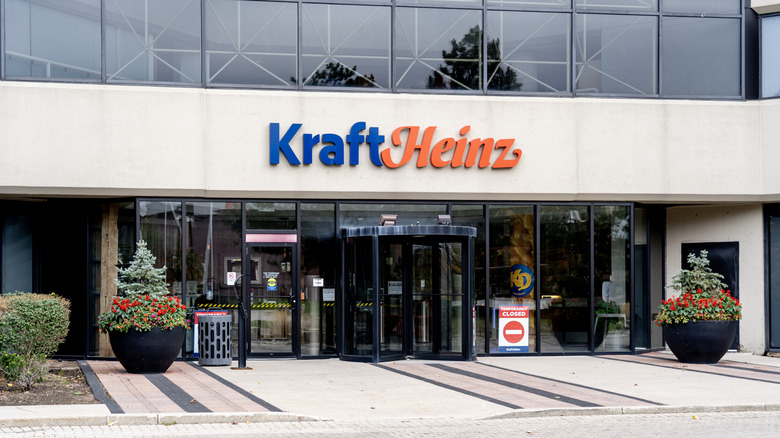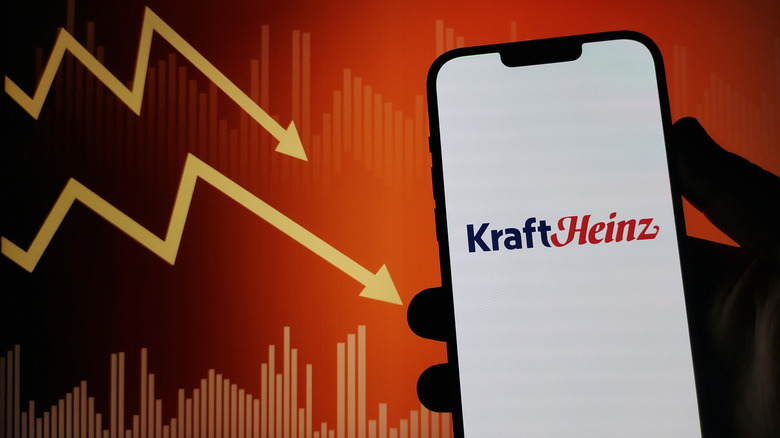Why Kraft Heinz Is Splitting Up And What's Next For America's Most Popular Brands
When two iconic food producers, Kraft and Heinz, merged in 2015 to become one of the three biggest food manufacturers in North America, it may have seemed to investors like an industry match made in heaven. However, Kraft Heinz has been anything but heavenly since the merger took place, thanks in part to plummeting stocks, changing consumer tastes, and sales slumps. Now it has been announced that the company will be split in two divisions, with each focusing on growing specific brands under its umbrella. The separation is estimated to be complete in the latter half of 2026.
Each company may have a new name by the time the divide is concluded, but as of now, one is being called Global Taste Elevation Co., and the other North American Grocery Co. The former will such have popular brands as Philadelphia Cream Cheese, Heinz, and Kraft Mac & Cheese, which topped our blind taste test of boxed mac and cheese. North American Grocery Co. will oversee brands such as Kraft Singles, Lunchables, and products from Oscar Mayer, including its plant-based hot dogs.
What led to Kraft Heinz splitting up?
After the merger that created Kraft Heinz was complete, the newly formed food industry titan embarked on a cost-cutting spree that included, among other things, downsizing its workforce. At the same time, consumers began seeking out healthier food alternatives, which left many Kraft Heinz products on grocery store shelves. Attempts to counter these options, such as Kraft Fat Free Mayo, were met with disinterest, forcing the company to admit that its own product was bad; making matters worse was the fact that even people who weren't looking for more health-conscious products often opted to buy lower-cost private-label brands instead of Kraft Heinz products.
All of these factors led to plummeting sales, but it wasn't just a few products that failed to secure customer engagement; Kraft Heinz was struggling across all brands. The company has experienced seven financial quarters of slumping sales figures, dropping most recently by 1.9%.
Stockholders have also been bidding for a change. What was once worth nearly $100 per share in 2017 is now valued at just over $26 — a harrowing 68% drop since the merger took place. The hope is that by splitting the company into two, each will have more resources to focus on clear portfolio roles for certain brands, leading to higher sales and a rising stock price (as well as lucrative dividends). But it remains to be seen what each company has up its sleeve in terms of innovation in 2026.

